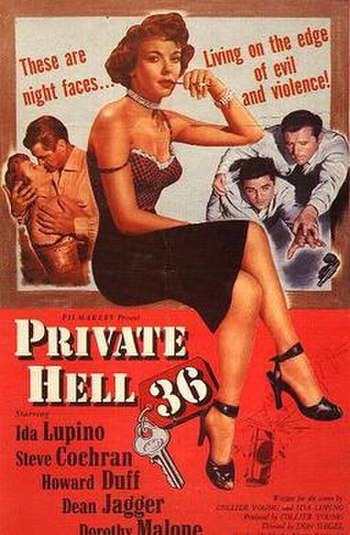River’s Edge, a 1987 film directed by Tim Hunter and scripted by Neal Jiminez, is a mankind-bashing drama which borrows its subject from an incident in Milpitas, California in 1981. A teen boy has just strangled his girlfriend and left her naked body on a riverbank. All but one of his teen buddies keep mum about it, and to be sure the adults in the film hardly inspire confidence regarding the disclosure of such information. . . A bitterly tragicomic concoction, this, but one whose plot is very rickety and essentially unsatisfying—and whose musical score is intrusively bad. It’s fine that Jiminez hits the adults as hard as the kids, but this doesn’t mean the adults are represented intelligently. They aren’t.
Pauline Kael was right that River’s Edge is “a slack mixture of ‘important’ and mediocre.”





